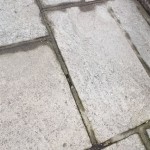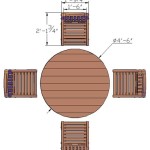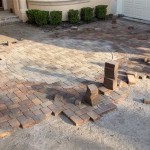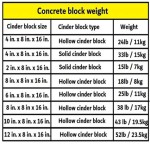Installing Patio Paver Edging: A Comprehensive Guide
Transform your backyard's aesthetic and functionality by installing patio paver edging. This essential element not only defines the perimeter of your patio but also prevents pavers from shifting or sinking over time. Here's a comprehensive guide to help you achieve a secure and visually appealing edging:
1. Choose the Right Material
Edging materials come in various options, each with its own advantages and drawbacks. Popular choices include:
- Concrete: Durable and cost-effective, but may crack due to temperature changes.
- Plastic: Flexible and easy to install, but less durable than concrete.
- Metal: Strong and long-lasting, but can be expensive.
- Natural Stone: Aesthetically pleasing, but requires professional installation.
2. Plan the Layout
Before digging, plan the layout of your edging by marking the desired perimeter with a string or chalk line. Ensure the lines are straight and parallel to each other. Allow a slight slope away from the patio to prevent water pooling.
3. Excavate the Trench
Use a shovel or trenching tool to excavate a trench along the layout lines. The trench should be 6-8 inches deep and wide enough to accommodate the edging material and any necessary base material.
4. Install Edging Base
In poorly drained areas, consider adding a base material such as gravel or crushed stone to the bottom of the trench. This will improve drainage and prevent frost heave.
5. Place the Edging
Place the edging material into the trench, aligning it with the layout lines. Use a level to ensure the edging is level and straight. Tamp down the edging firmly to secure it.
6. Fill the Trench
Backfill the trench with soil or a mixture of soil and sand. Compact as you fill to provide support for the edging and prevent settling.
7. Add Bedding Sand
Spread a layer of bedding sand over the subbase and compact it lightly. This will provide a stable foundation for the pavers.
8. Install Pavers
Lay the pavers on the bedding sand according to the desired pattern. Use a rubber mallet to tap the pavers into place. Cut pavers to fit around edges and corners as needed.
9. Secure the Pavers
Once the pavers are in place, use a compactor to tamp them firmly. This will prevent the pavers from shifting or sinking.
10. Add Joint Sand
Spread joint sand over the pavers and sweep it into the joints. This will lock the pavers together and prevent weeds from growing.
11. Maintain Your Edging
To ensure the longevity of your edging, regularly sweep or blow off debris and apply a sealant to prevent staining or fading. Repair any damaged pavers or edging promptly to maintain the integrity of the patio.

How To Install Paver Edge Restraints Western Interlock

Paver Edging The Importance Of Lehigh Valley Pa

Edging Install Basics Lawn Landscape Paver Edginglawn

Edging Install Basics Lawn Landscape Paver Edginglawn

How To Install A Brick Paver Edge The Home Depot

Paver Edging All Need To Know About Installation Borders Restrain

How To Install A Brick Paver Edge The Home Depot

What Is The Best Edging For Pavers Perfect

Block Paver Supplies How To Install Edge Restraint Polymeric Jointing Sand

Edging Install Basics Lawn Landscape Paver Edginglawn








